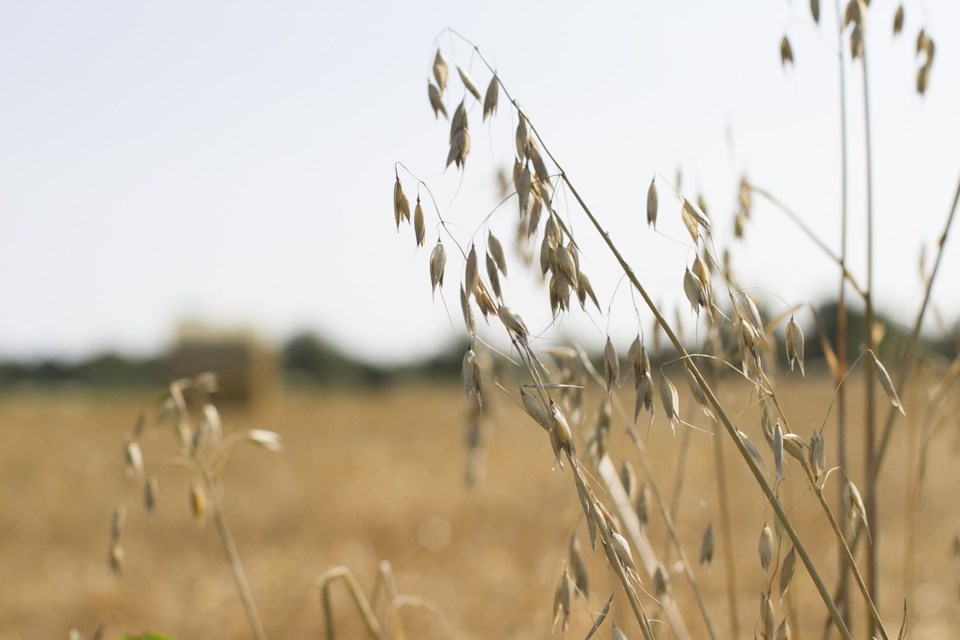The long-term future for oats is bright but the cereal crop faces some challenges in the short term, according to an oats expert.
Higher seeded acreages this spring will increase supply and dampen price, Randy Strychar, president of Oats Information.com told the Croposphere conference in Saskatoon.
Price this year, estimated in a range of $2.75 to $3.25 a bushel in Saskatchewan, will depend on seeded acreage.
Agriculture and Agri-Food Canada’s spring market outlook estimated a nine per cent increase in oats acres to 3.39 million acres, the largest acres since 2008.
Analysts believe two factors will contribute to more oats acreage: lower input costs and a shorter growing season. Much of the estimated two million acres of canola left unharvested last fall is expected to be seeded into oats, taking advantage of the short growing season.
Traditionally, 25 Prairie districts account for 70 per cent of oat production. Largest producers are the Camrose district in Alberta, Melfort, Tisdale, Nipawin in Saskatchewan, Starbuck and Morris in Manitoba.
Strychar sees a strong future market for Canadian oats, half of which is exported, with 24 per cent milled in country and 23 per cent used locally for feed.
United States milling demand is estimated to grow eight per cent to 1.885 million metric tonnes by 2025. Growth of feed oats is largest in snack bars and hot cereals with slightly less use in the breakfast cereal category.
Food demand in Canada is expected to grow almost 11 per cent to 1.03 million metric tonnes.
The possibility of a Patterson Grain oat mill plant could increase demand.
While horse feed exports to the U.S. are falling, overseas oat exports grow at 8.5 per cent a year.
Canada makes up half of global oats exports, three times Finland, the number two exporter.
Ron Walter can be reached at [email protected]




